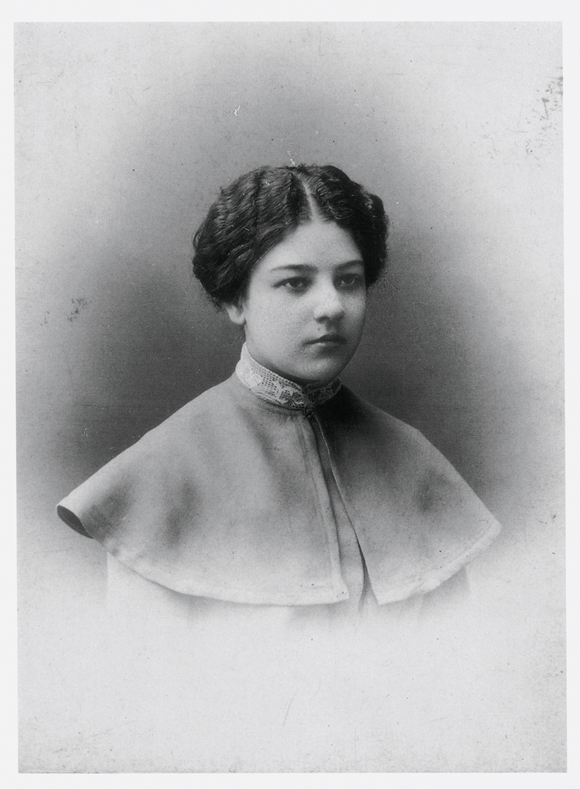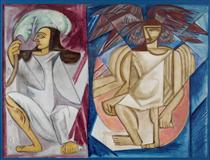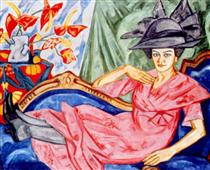
1886 - 1918
Olga Rozanova

description
Russian avant-garde artist who worked in the styles of Suprematism, Neo-Primitivism and Cubo-Futurism. She created “The Green Line”, a masterpiece in 20th century non-objective painting.
In her early works, the artist used decorative and bright contrasts (for example, in “The Red House”). In the design of Futuristic books, the artist skillfully combined “female slyness” with the “horrors of Cubism.”
After the revolution, the artist took an active part in the reorganization of art. In the later period of her creativity, Rozanova developed her own method of drawing. It was based on the decorative effect of painting, as well as its colorful aspects.
Poet Benedikt Livshits wrote that Olga Rozanova was “a person who knew firmly what she wanted in art, and whose way to her goal was very special, unlike anyone else’s”.
Key ideas:
– According to Rozanova, the heart of painting lies in the “decomposition of the finished images of nature into the distinctive properties of world matter that are contained in them”.
– The artist singled out the author’s perception of the world as the basis of the art.
– Rozanova claimed that the artist must “actively express his attitude towards nature”.
1886
1913
1916
1918
The birth of the artist
The images for his book “Ti Li Le”

“Supremus”

The death

Olga Rozanova
On Artist
flow
Cubism
Futurism
Expressionism
Fauvism
friends
Kazimir Malevich
Lyubov Popova
Pavel Filonov
Vladimir Tatlin
Alexandra Exter
Nina Genke
Ksenia Boguslavskaya
Nadezhda Udaltsova
Ivan Klyun
Ivan Puni
artists
Konstantin Yuon
By Artist
flow
Abstract Art
friends
Kazimir Malevich
Lyubov Popova
Pavel Filonov
Vladimir Tatlin
Alexandra Exter
Nina Genke
Ksenia Boguslavskaya
Nadezhda Udaltsova
Ivan Klyun
Ivan Puni
